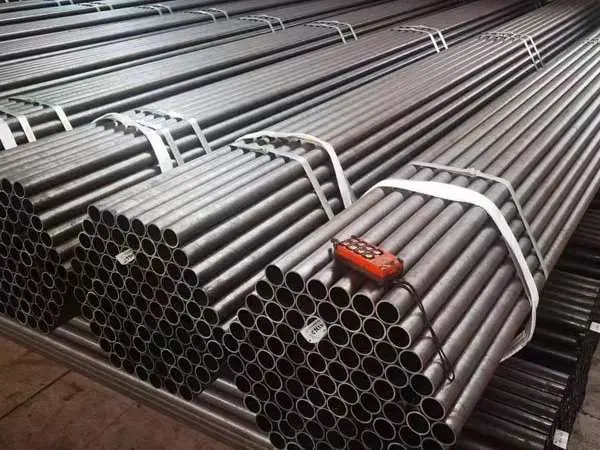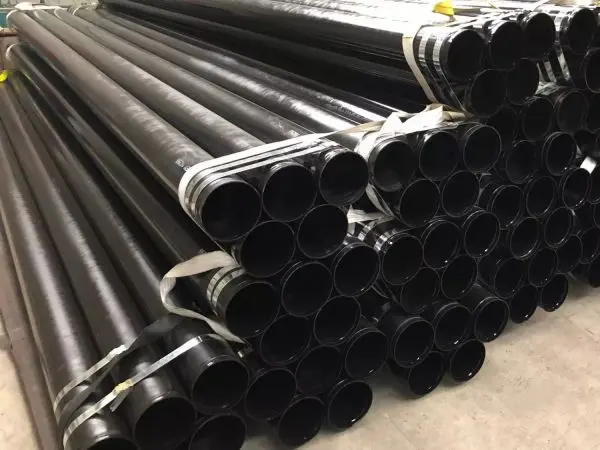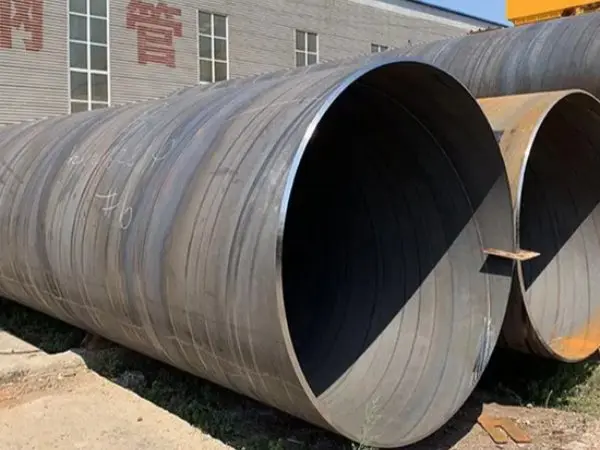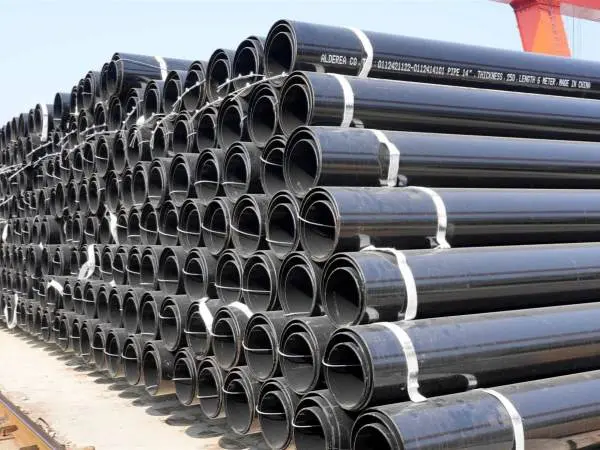- Phone0086 731 8564 8255
- E-mailsales@cscsteel-manufacturing.com
-

When selecting seamless steel pipes for various applications, understanding the standards that govern their production is essential. Two prominent standards are API 5L and ASTM A106. Each has specific characteristics that cater to different needs and industries. Here’s a detailed comparison of these two standards.
API 5L Seamless Steel Pipe Standard
API 5L is a widely recognized standard for pipeline steel pipes. It covers both seamless and welded steel pipes used in pipelines, including spiral submerged arc welded pipes (SSAW), straight seam submerged arc welded pipes (LSAW), and electrical resistance welded pipes (ERW). Seamless pipes are typically chosen for diameters less than 152mm.
1. API 5L Steel Grades: API 5L specifies various steel grades including GR.B, X42, X46, X52, X56, X60, X70, and X80. These grades differ in terms of raw materials and production processes, with a strict control on carbon equivalent values across different grades.
2. API 5L Quality Standards - PSL1 vs PSL2: API 5L divides its quality standards into PSL1 and PSL2:
PSL1: Represents the general line pipe quality level with standard technical requirements.
PSL2: Includes more stringent requirements, such as enhanced chemical composition, notch toughness, strength properties, and mandatory supplemental non-destructive testing (NDE).
PSL1 steel pipes are denoted by a grade indicating the minimum yield strength (e.g., L290). PSL2 pipes also include suffixes like R, N, Q, or M to indicate the delivery status, and additional letters S (acid service) or O (marine service) to denote service environments.
2. Quality Standards Comparison: PSL2 has more rigorous inspection and testing requirements compared to PSL1, including chemical composition, mechanical properties, and non-destructive testing. For instance, PSL1 does not require impact performance testing, whereas PSL2 mandates it for all grades except X80. Furthermore, PSL2 pipes must undergo individual non-destructive inspections, unlike PSL1.
ASTM A106 Seamless Steel Pipe Standard
ASTM A106 is an American standard that covers seamless carbon steel pipes. It includes grades A106-A and A106-B and is used extensively in industries such as petroleum, chemical, power generation, and construction.
1. ASTM A106 Steel Grades: ASTM A106 pipes are made from ordinary carbon steel and can be produced through cold drawing or hot rolling. The choice between these processes affects the pipe’s precision, surface quality, and mechanical properties.
2. Applications and Properties: ASTM A106 pipes are known for their versatility and are employed in a variety of industries. They are produced to meet specific standards in terms of size, precision, and performance, making them suitable for applications that require a balance of strength and flexibility.
API 5L vs ASTM A106 Seamless Steel Pipe
|
Feature/Requirement |
API 5L |
ASTM A106 |
|
Manufacturing Process |
Includes seamless and ERW or LSAW welded steel pipes |
Primarily hot-rolled or cold-drawn seamless steel pipes |
|
Chemical Composition |
Carbon and alloy steel, C: 0.24-0.28%, Mn: 0.9-1.2%, Si: ≤0.45% |
C: ≤0.25%, Mn: ≤0.27%, Si: min 0.10% |
|
Mechanical Properties |
Varies by grade, good impact toughness and fatigue resistance |
Higher tensile and yield strength, good elongation and cold bending properties |
|
Applications |
Mainly used for long-distance transportation pipelines in oil and natural gas industry, suitable for various environments |
High-temperature service seamless steel pipes, suitable for boilers, heat exchangers, etc. |
|
Cost |
Generally lower cost due to inclusion of welded steel pipes |
Higher cost due to fully seamless manufacturing and complex process |
|
Heat Treatment |
May include normalization and tempering as per product specifications |
Normally normalized or tempered to enhance mechanical properties |
|
Welding Capability |
Welding performance depends on manufacturing process and material composition; ERW pipes may require preheating |
Seamless pipes have good welding performance |
|
Special Requirements |
Two product specification levels (PSL1 and PSL2) with different testing and requirements |
Additional impact tests may be required for high-temperature services |




